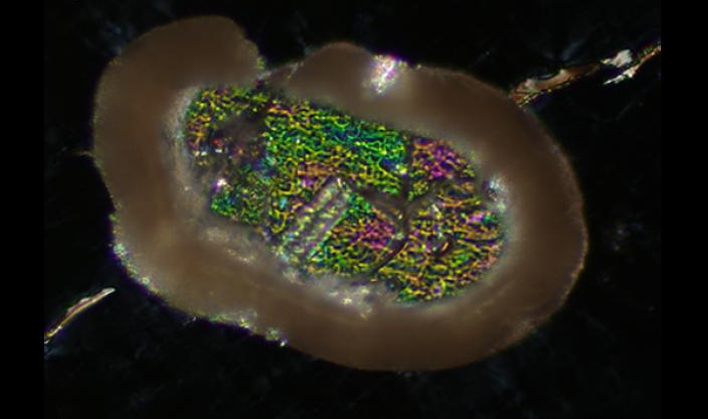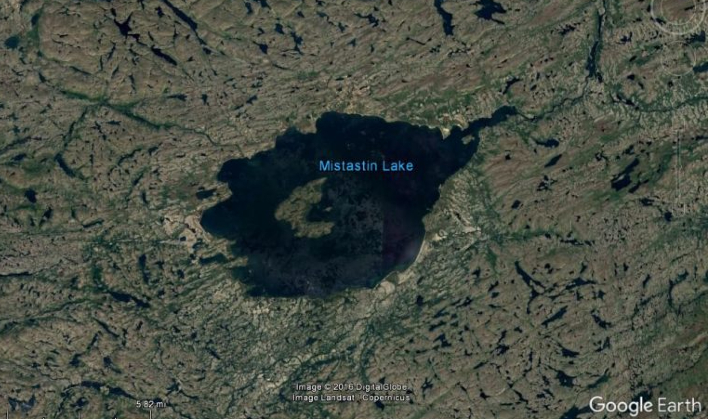Scientists Confirm Meteorite Impact 36M Years Ago Formed This Hottest Rock On Earth

Former Ph.D. student Michael Zanetti found what was believed to be the hottest rock on Earth in 2011 at the 17-mile-wide Mistastin Lake impact crater in Labrador, Canada. The glass rock contained small grains of zircon frozen inside. Later analysis in 2017 revealed that the rock had to have formed at a scorching hot temperature of 2,370 C (4,298 F).
The new study, published in the journal Earth and Planetary Science Letters, used samples collected between 2009 and 2011 that included four additional zircon grains and confirmed the 2011 discovery. Researchers were also able to locate evidence in a separate location within the same impact crater. The melt rock, or rocks created following a meteor strike, was superheated differently in more than one location, and to a greater intensity than previously thought giving a more extensive view of how the impact heated the ground.
"The biggest implication is that we are getting a much better idea of how hot these impact melt rocks are, which initially formed when the meteorite struck the surface, and it gives us a much better idea of the history of the melt and how it cooled in this particular crater," stated post-doctoral student Gavin Tolometti, and co-author of the new research paper. He added, "It can also give us insight to study the temperature and melts in other impact craters."

"We're starting to realize that if we're wanting to find evidence of temperatures this high, we need to look at specific regions instead of randomly selecting across an entire crater," Tolometti stated.
Another discovery during the study found a mineral called reidite within zircon grains from the crater. This mineral forms when zircons undergo intense heat and pressure, and their presence allows researchers to calculate the pressures experienced by the rocks within the impact crater.
Tolometti surmised of the findings, "It can be a step forward to try and understand how rocks have been modified by impact cratering across the entire Solar System."
Top Image Credit: Michael Zanetti

